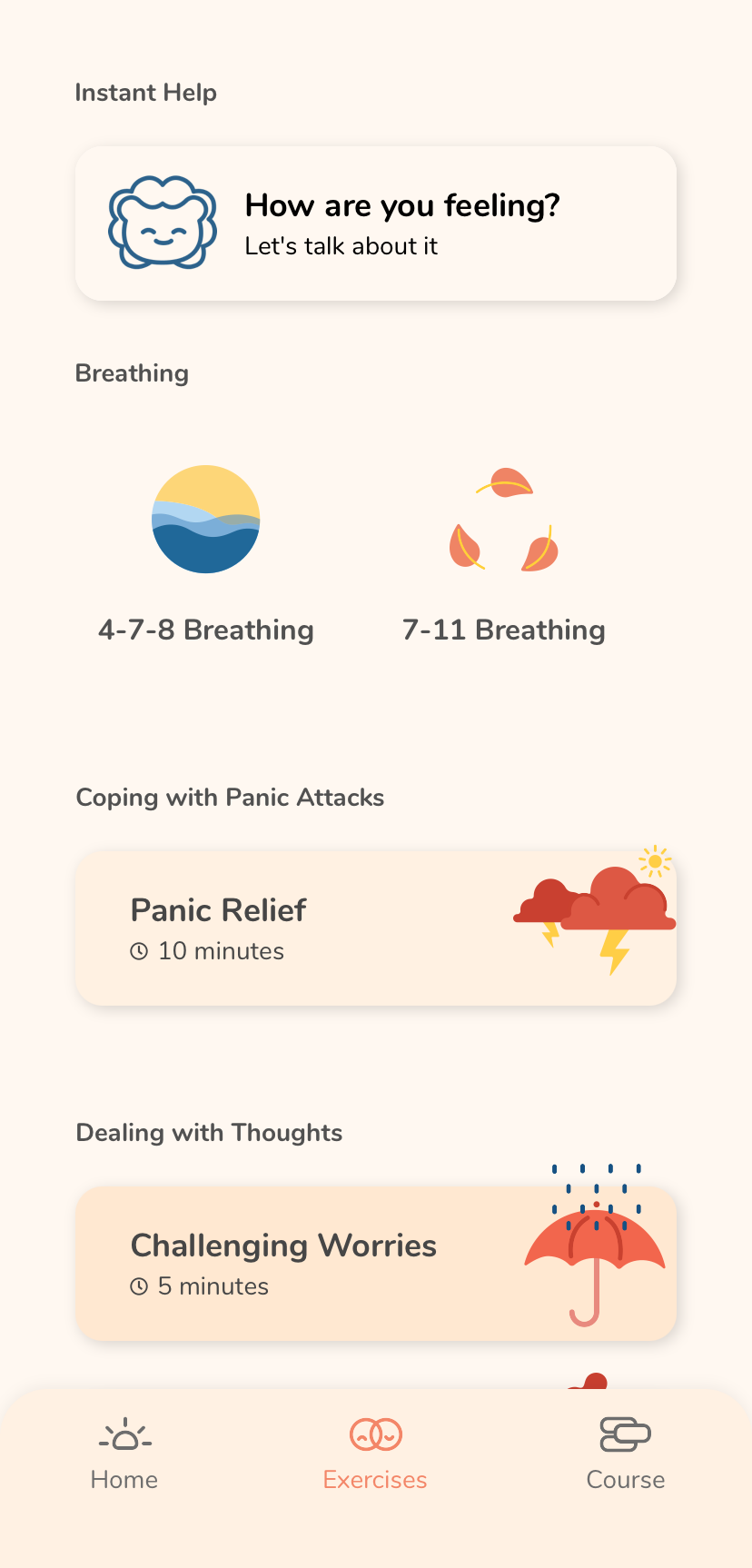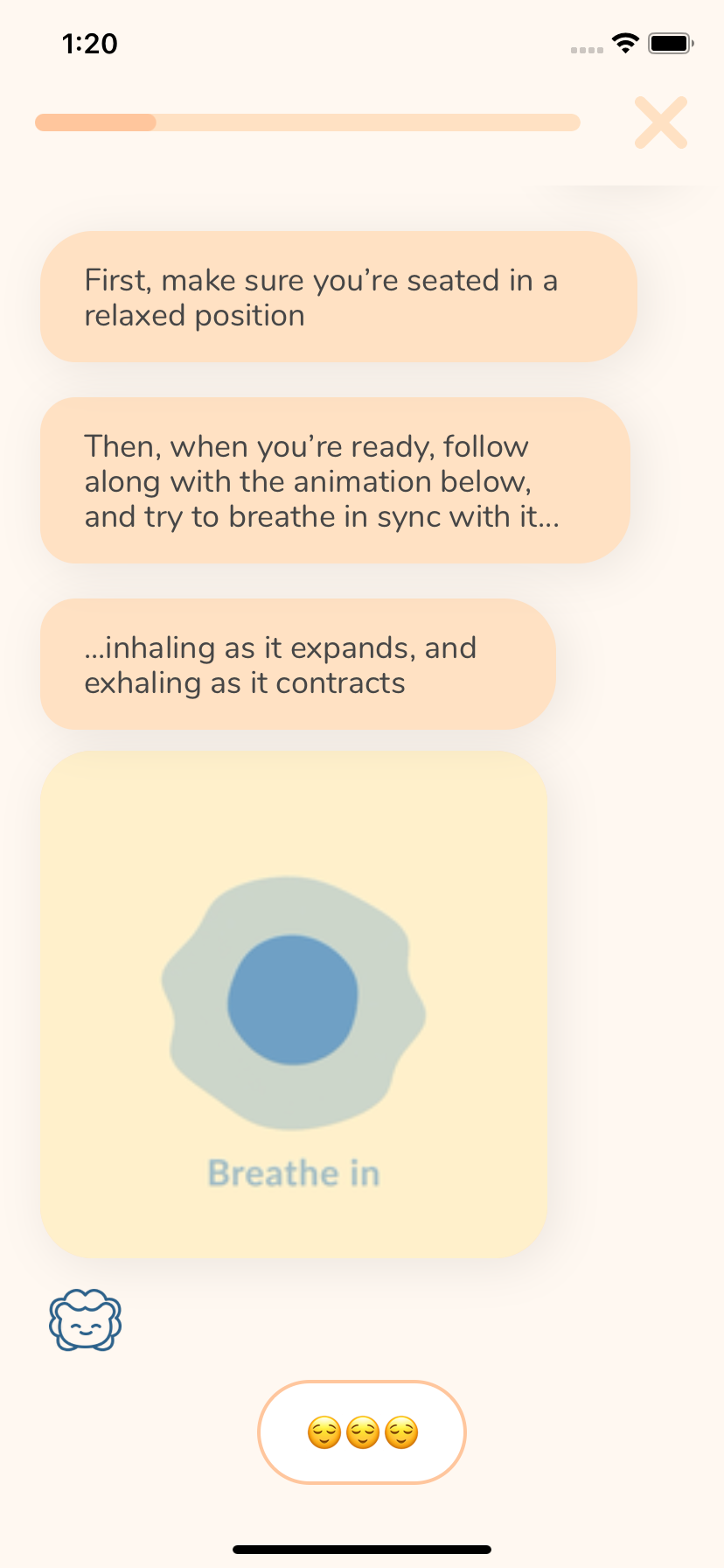Panic Disorder In The DSM-5
Do you know how panic disorder is diagnosed? According to the DSM-5, this is the criteria...

The Diagnostic and Statistical Manual of Mental Disorders (DSM-5) is a widely used system in the identification and diagnosis of mental health disorders.
Panic disorder is included in this system and understanding how the DSM-5 diagnoses it helps to understand treatment and research in the area.
Learn to manage anxiety in only 5 minutes per day
What Is the DSM-5?
The Diagnostic and Statistical Manual of Mental Disorders (DSM) is the system used in the United States (and many other places) to diagnose mental health disorders. It was developed by the American Psychiatric Association (APA) and was first created in 1952. The most recent update was in 2013 - the DSM-5.
The DSM-5 contains diagnostic criteria used by mental health professionals to classify, describe and establish a common understanding of every known mental illness.
However, there is some controversy with this system. Many disorders have overlapping symptoms and some professionals have questioned it's validity.
Panic Disorder In The DSM-5
Panic disorder is defined in the DSM-5 as an anxiety disorder. It's based primarily on the occurrence of panic attacks, which are recurrent and often unexpected. Furthermore, there is no other mental disorder that better accounts for the attacks (e.g. social phobia, obsessive-compulsive disorder (OCD) or post-traumatic stress disorder (PTSD).

The Symptoms Of A Panic Attack
According to the DSM-5, a panic attack is characterised by four or more of the following symptoms:
- Palpitations, pounding heart, or accelerated heart rate
- Sweating
- Trembling or shaking
- Sensations of shortness of breath or smothering
- Feelings of choking
- Chest pain or discomfort
- Nausea or abdominal distress
- Feeling dizzy, unsteady, light-headed, or faint
- Chills or heat sensations
- Paresthesia (numbness or tingling sensations)
- Derealization (feelings of unreality) or depersonalization (being detached from oneself)
- Fear of losing control or “going crazy”
- Fear of dying
Learn to manage anxiety in only 5 minutes per day
Experiencing a panic attack in isolation is quite common, but when at least one panic attack is followed by at least one month of the person fearing they will have more attacks, which then results in them changing their behaviour to avoid situations that may result in an attack, this is then considered by a mental health professional.
How Stresscoach Can Help
In the Stresscoach app, we offer short term panic relief, anxiety courses and panic specific courses. You can learn to manage your anxiety and panic attacks with the help of our digital coach.



